New Video Showcases Creal’s Light Field Display in Action
Swiss startup CREAL, which builds light-field display technology for both Augmented Reality and Virtual Reality headsets, has showcased a new through-the-lens video that shows its latest VR headset prototype in action.
The new video vividly demonstrates the ability to focus at arbitrary distances along with the high resolution of the foveated region. According to CREAL, the rendering tech powering the headset is also “approaching the equivalent of [contemporary] VR headsets.”
CREAL showcased a first glimpse of the VR and AR headset prototypes based on its light-field displays.
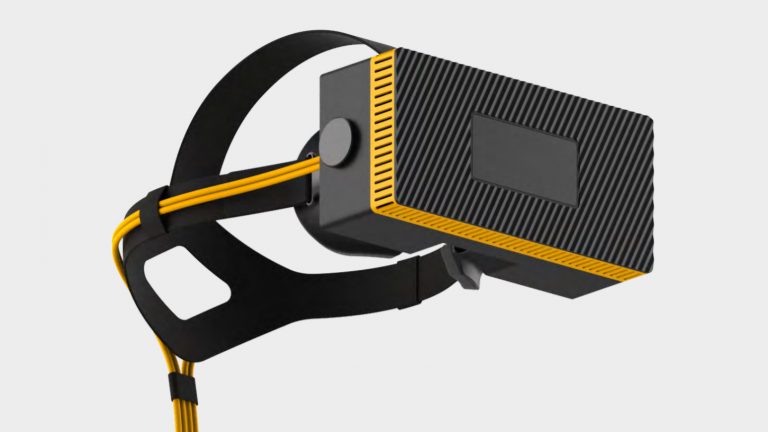
CREAL’s light-field display is supposed to provide different focus levels. Conventional VR headsets normally focus on a distance of about 1.5 meters because the lenses focus on the screen at this distance. In CREAL’s light-field display, on the other hand, the eye is supposed to be between the different focus levels and can roam just like in real life.
The new video shows the light-field technology built into virtual reality headsets. CREAL says the video was filmed straight through the lenses of the headsets. The change in focus in the video should solely be triggered by the camera and is comparable to the human eye. The change in focus, therefore, doesn’t happen through a rendering trick in the software: eye tracking isn’t required for the change of focus even though the prototype has an eye detection system installed.
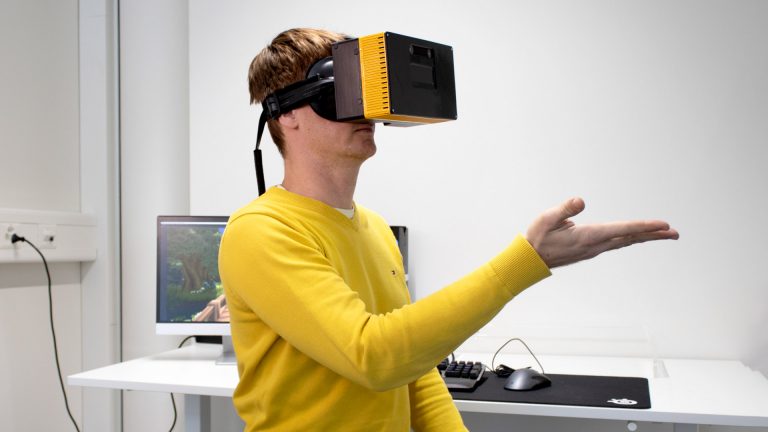
This is markedly different from the displays currently used in VR and AR headsets. The light-field displays will generate an image that is an accurate representation of how we see light in the real world. Light-field displays support accommodation and vergence, the two focus mechanisms used by the human visual system. In contrast, most of the current headsets only support vergence (stereo overlap) but they do not support accommodation (individual eye focus) and the imagery is therefore stuck, technically, at a fixed focal depth. Light-field displays allow for focusing at any depth just as you would see in the real world.
CREAL won’t be building its own virtual reality headset but it created VR headset prototypes to demonstrate its light-field technology with the expectation that other established VR hardware manufacturers may incorporate this technology into their own headsets.
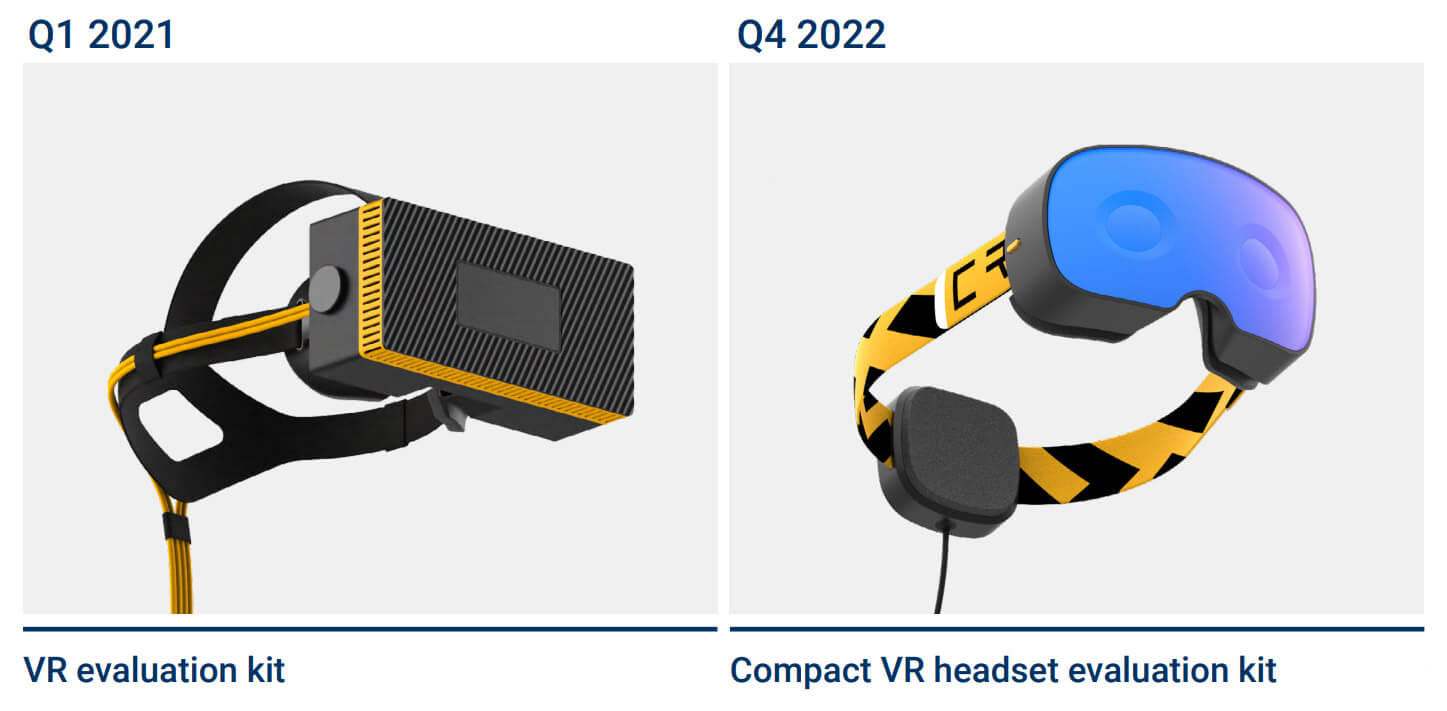
CREAL has done demonstrations of its tech before. The latest showcase has, however, vividly highlighted the light-field display’s continuous focus along with its foveated arrangement. The company’s prototype VR headset uses a foveated architecture with two overlapping displays along with a ‘near retina resolution’ light field display covering the central 30 degrees of the field of view and a larger lower resolution display of 1600×1440 (non-light-field) that fills out the peripheral field of view to 100 degrees.
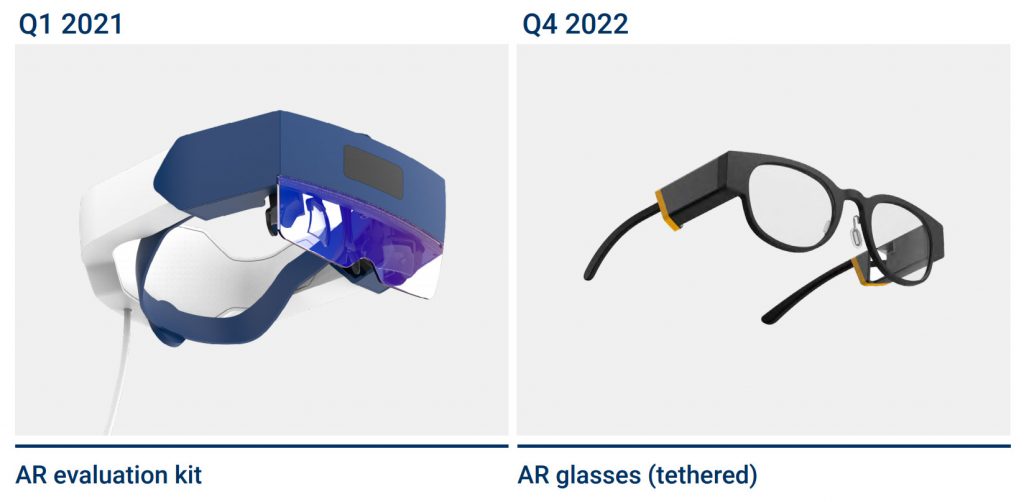
The CREAL through-the-lens video clearly shows us the focus shifting from one part of the scene to another one. According to CREAL, this change in focus happens completely in the camera which captures the scene. There are some approaches to varifocal displays that leverage eye-tracking to continuously adjust the focal depth of the display depending on where the user is looking. In light-field displays, however, the depth of the scene has been ‘baked in’ and the camera works as naturally as the eyes to focus at any arbitrary length without the need for eye-tracking software trickery.
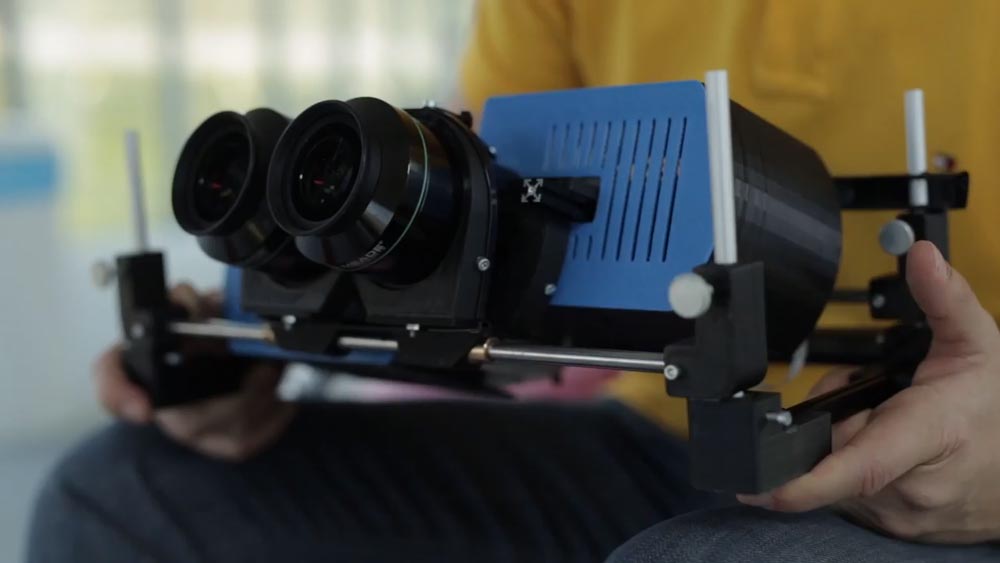
The CREAL video also shows the central part of the display (its light-field portion) being quite sharp in contrast to the rest. According to CREAL, that sharp portion is now “approaching retinal resolution” and also runs at 240Hz.
Due to the need to generate the light field, it would be expected rendering the views required to power the headset’s displays would be too expensive but according to CREAL, its rendering tech is improving steadily and nearing “the equivalent of classical stereo rendering of other VR headsets,”.
The current CREAL VR headset prototype is also quite bulky but the company expects to further shrink the light-field display tech to make it more reasonable and practical by the end of 2022. See the images above. CREAL is also adapting the light-field tech for Augmented Reality and believes the technology can be miniaturized in order to fit it into compact augmented reality glasses as shown above.
https://virtualrealitytimes.com/2021/04/18/new-video-showcases-creals-light-field-display-in-action/https://virtualrealitytimes.com/wp-content/uploads/2021/04/CREAL-Light-Field-Headset-600x338.jpghttps://virtualrealitytimes.com/wp-content/uploads/2021/04/CREAL-Light-Field-Headset-150x90.jpgAR HeadsetsAugmented RealityComputingHardwareTechnologySwiss startup CREAL, which builds light-field display technology for both Augmented Reality and Virtual Reality headsets, has showcased a new through-the-lens video that shows its latest VR headset prototype in action. The new video vividly demonstrates the ability to focus at arbitrary distances along with the high resolution of the...Sam OchanjiSam Ochanji[email protected]SubscriberVirtual Reality Times - Metaverse & VR
